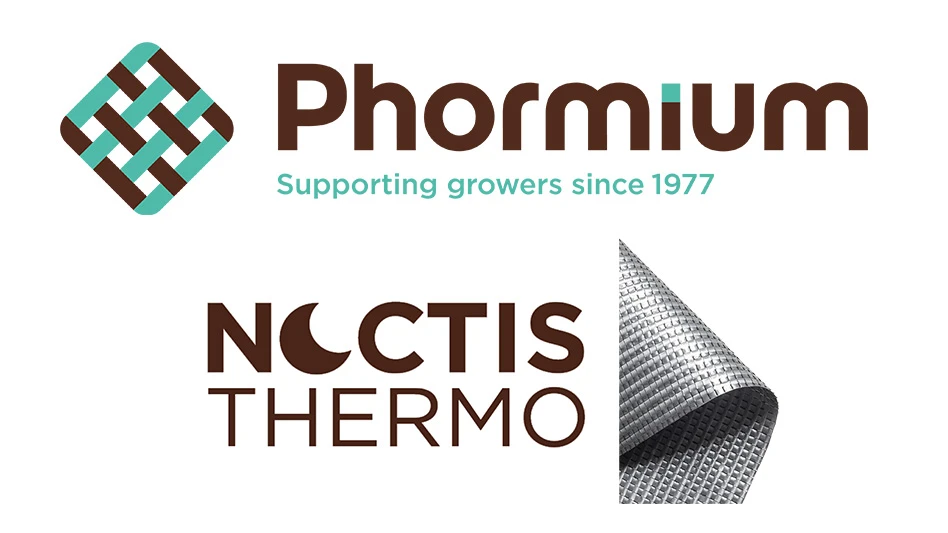
LED plant lighting has opened up new opportunities for producing plants. As with any emerging technology, improvements in equipment design, energy efficiency and plant growth are continually being introduced. With greater production, fixture costs are coming down.
With significant ongoing research by manufacturers, universities and growers, the application of these new lights to improve plant growth and timing are helping the industry in an important area of production.
To date, there are many areas of production that can benefit from LED lighting. Seedling production, supplemental light to meet daily light integral requirements, photoperiod control for timing and multi-layer production are just a few. Most growers should be experimenting to see how the technology might fit into their operation.
The following considerations may help you sort through the many manufacturers and the options that are available.
Fixture construction
There are many sizes of lighting fixtures, from ones that will illuminate a few plants to those that are more than 600 watts and are equivalent to 1000-watt HID lights. Although there is less heat produced than from fluorescent or HID lighting, there is still considerable heat. In the best fixtures, the bulbs are mounted to a metal core circuit board that has fins to dissipate the heat, and fans or blowers to remove the heat. This extends the life.
As the plant area has high humidity, the fixtures should be designed to work in this environment. A small profile that limits shading is also desired if the fixtures will be used in a greenhouse.
Power use
LED bulbs are transistors that operate on DC electric current. The most efficient fixtures are those that have a constant current driver circuit. Less expensive fixtures use a constant voltage driver that can lead to early failure of the unit. Bulb size can vary from ½ watt to 5 watts or more. Low wattage bulbs produce less light and many more are required increasing fixture cost and maintenance.
As the most appropriate measure of photosynthesis is photon efficiency (µmol/joule), LED fixtures should be compared on this basis. Tests by J.A. Nelson and B. Beebe at Oregon State University have shown that there are large differences between fixtures from different manufacturers. Test results show that where overhead lighting is needed, HID fixtures may be more cost effective.
Bulb life
As with most products, quality of components and assembly determine life.
Light distribution
This is a key to a successful lighting setup. The more uniform the light at plant level, the more uniform the crop. Reflector design and material and spacing of the bulbs determine this. Reflectors can be designed to provide a concentrated pattern or a wide pattern. Before purchasing fixtures, request a distribution printout from the manufacturer. This testing should be done by an independent, certified testing lab. Most manufacturers have a computer program that will provide a light pattern showing the number and spacing of the fixtures for your growing area. Usually there are more fixtures required around the perimeter than in the center of the area.
Light spectrum
One advantage to using LED bulbs is that it is easier to adjust the light spectrum that the plants receive. In fact, many manufacturers have switching that will give at least three different spectrums. Red and blue bulbs are the predominant colors as they are more efficient in electricity use, but almost any color may be included. A combination of 5 to 20 percent blue with the rest being red has worked well for many plants. This is an area of research that has considerable potential for future production. Individual species may do better with one spectrum than another. Another research area is looking at using pulsed light to drastically reduce energy input. To follow research on LED lighting check out at the following websites. Michigan State University – leds.hrt.msu.edu/FAQs and Purdue University – ag.purdue.edu/lopezlab

Explore the November 2016 Issue
Check out more from this issue and find your next story to read.
Latest from Greenhouse Management
- This month's Greenhouse Management magazine is about native plants and sustainability
- The HC Companies, Classic Home & Garden merge as Growscape
- Terra Nova releases new echinacea variety, 'Fringe Festival'
- Eason Horticultural Resources will now officially be known as EHR
- BioWorks receives EPA approval for new biological insecticide for thrips, aphids, whiteflies
- ScottsMiracle-Gro transfers cannabis subsidiary to focus on core lawn and garden business
- Should we start calling natives 'eco-beneficial plants'?
- Ellen Mackenbach-Lakeman appointed new CEO of Dümmen Orange





